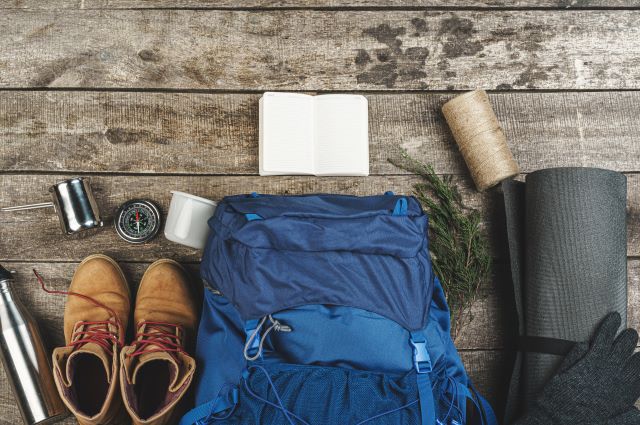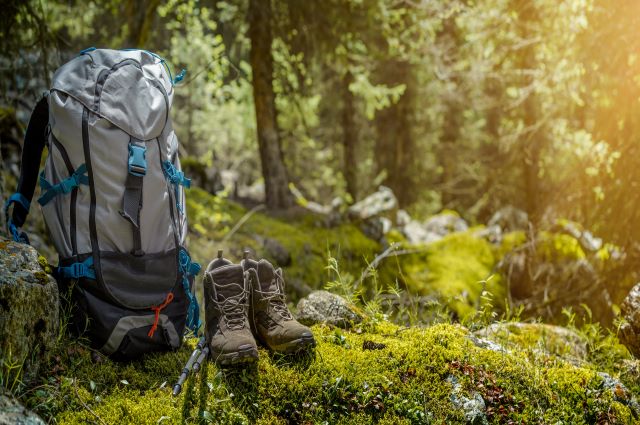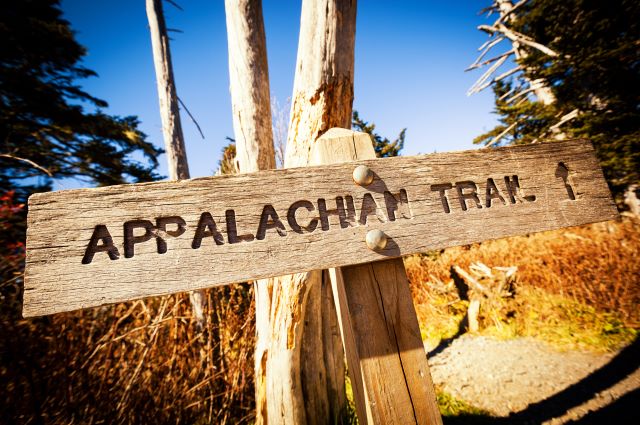Backpacking 101: What Is It And How To Do It Responsibly?
Backpacking is an adventure and a thrill in its own league. That’s why many people, young and old, enjoy it. Going out into the unknown with only the clothes on your back and a few necessities makes one resourceful, creative and adaptable.
What Is Backpacking?
Humans’ insatiable need for adventure, freedom, trail-blazed the backpacking tradition in the 1950s through 1960s when Europeans took the ‘hippy trail’ going to Asia and passing through the dangerous mountains of Turkey, Iran, Afghanistan, and Pakistan until they reached India, Nepal, and Thailand. This was put to a stop in 1979 when warring countries in those areas closed the route.
As the name implies, it’s a recreational activity that involves traveling and hiking while carrying everything that one will need in the wilderness in a backpack.
As a form of recreation, backpacking has evolved into many types over the years. Here’s a few of them explained briefly:
- Long-Distance Hiking: a long-distance trail that goes through rural areas and at times cross-country with a minimum approximate length of 30 miles.
- Thru-Hiking: completing a long-distance trail from end to end like the Appalachian Trail, a 2,190-mile trail across 14 states that starts from Georgia and ends in Maine that one can complete in five to seven months.
- Section Hiking: accomplishing portions of a thru-hike at an attainable timeframe.
- Overnight Hiking: a hike that most beginners choose as they try and test if backpacking is for them.
- Mountaineering: a combination of many activities like hiking, camping, skiing, and climbing as one attempts to ascend atop a mountain.
- Travel Backpacking: immersing in new cultures and traveling to many countries in one trip to break from reality or search for spiritual or emotional growth.
If you’re new to backpacking but want to plunge right into it, you need to know a few basic things to start you out successfully. You may also check the blog The Hungry Trekker for valuable tips. You can read about their experiences while hiking some famous trails and traveling the world. They also feature exciting recipes they make while backpacking.
On your first backpacking trip, remember the following:
Condition Your Body For The Trip
Make sure that you’re healthy and fit. Backpacking can be a highly physical and strenuous activity. You cannot subject your body to a severe beating, especially if you’re not used to it. You will be walking a lot and the temperature and climate may not be stable. You’re also going to carry a little weight while walking.
Choose A Destination Close To Home
For a first-timer, you should pick a destination near you, and probably an easy one as well. Remember, you’re still testing the waters, and you want your first experience to be a delightful, unforgettable one and not the other way around.
Prepare Your Gear and Clothing
There are so many things to consider, so let’s piece it one by one:
- Pick a lightweight backpack that will not wear you down.
- Choose comfortable clothing and no denim pants that might constrict in some areas of your lower body.
- Choose the best hiking shoes for the terrain you’ll be taking that will provide support and fit snugly.
- Pack just the right amount of food that has healthy carbs to supply you with energy throughout the activity.
- Instead of bringing lots of water which could be very heavy, opt to bring a backpacking water filter instead, so you can filter water that you will get from streams and other sources. This device can filter impurities from dirty water so you can have potable water to drink on your hike.
- Bring a navigation tool like a map, compass, or GPS so you won’t get lost.
- Bring a first-aid kit as accidents may happen. You should be prepared and have a kit on standby to treat cuts, wounds, burns, and sprains.
- Prepare for rain and the intense heat of the sun by packing rain gear and putting on sunblock.
- Bring biodegradable trash bags and waste bags.
- Choose a good tent and sleeping bags.
Check The Season, Weather, And Time
Choose the best season for traveling to that destination, so you know you’re going at optimal conditions. Make sure to check the weather forecast to dress appropriately, especially if you’re hiking. Start at the ideal time of day since you wouldn’t want to be caught by the dark on your first hike.
Let Other People Know Your Plans
If you get lost or get in an accident, it’s best that other people know where you are so they can easily find and rescue you.
Now you know the basics of backpacking, don’t just wander and set off without knowing your duties. The number one principle in backpacking is ‘leave no trace‘. So, you have to remember these important rules and responsibilities:
- Dispose of waste properly, leave a place cleaner than when you found it.
- Repackage food in reusable containers to minimize waste.
- Set campsites in areas with less vegetation.
- Keep the fire small.
- As much as possible, don’t bring pets.
- Don’t feed the wild animals as this disrupts their natural feeding cycle.
- Use biodegradable cleaning materials.
- Camp away from other visitors and respect the quality of their experience.
- Don’t use paint to mark stones and trees, use a compass for direction.
- Avoid making loud noises. Refrain from shouting.
Conclusion
Take only pictures and leave only footprints. Communing with nature comes with many responsibilities and respect is the number one of all. As much as backpacking is an empowering activity, don’t take that power to destroy a peaceful place. Instead, make the experience enrich and inspire you so you can do your part in preserving Mother Nature and give future generations a chance to experience it.
About the author: Patrick Stevenson is a professional trekker and an active tourist. Most of his time is allotted to mountain climbing, hiking, rappelling, and other extreme adventures. And Patrick also makes blog posts on his website after doing adventures to share his experience with his blog audiences.




